By this point in your life, you’ve most likely had a glass of Sauvignon Blanc. Its crisp flavor profile, high-acidity and distinctly herbaceous, tropical fruit flavors make it a no-brainer when blind tasting. The grape is extremely versatile and can grow in an abundance of regions; however, there is one region where the grape arguably shows its best self. No, we’re not talking New Zealand, California or even Bordeaux (although these regions do produce some seriously stellar bottles). For the cream of the crop, we’re heading to France’s Sauvignon Blanc superstar region, Sancerre.
Although born in Bordeaux, Sauvignon Blanc shines in Sancerre. Located on the left bank of the Loire, directly across from Pouilly-Fumé, the wines of Sancerre are regarded as some of the best in the world. Now, it isn’t just all SB up in Sancerre; Sancerre Rouge, crafted from Pinot Noir, makes up nearly 20 percent of the region’s production. The reds are light and earthy, with flavors of bright red fruit. Minimal earthy, savory styles of rosé (from Pinot Noir) are made, too – a stark, enjoyable contrast from the lighter-bodied summer waters of Provence.
Sancerre is actually one of the OGs of the AOC/AOP system. Whites comprised of Sauvignon Blanc became classified in 1936, with the accompanying red AOC following 23 years later – and it’s no surprise that this gem of an appellation was one of the first. The region’s terroir is extremely suitable for grape growing, with unique, chalky soils producing mineral-driven, flinty whites that can age for serious time. Marl and gravel soils are also prevalent, lending fruit-forward balance to the bracing acidity these wines can bare. Most Sauvignon Blancs in the region remain unoaked for the sake of preserving this characteristic, gunpowder-like flint and acidity.
The region’s winemaking history goes way back, all the way to the 1st century AD. The region’s signature chalky soils, ideal location beside the Loire river and perfectly sloping hills allow for optimal grape growing conditions.
After the second World War, many of the region’s Gamay vines were lost, leaving red production to earth-driven Pinot Noir. Thanks to the versatility of Pinot Noir and Sauvignon Blanc, the wines are incredibly food friendly, making them great choices for an array of food and wine pairings. A signature regional pairing that’s not to be missed is the region’s goat cheese (known as Crottin de Chavignol) with a flinty, high acid Sancerre!
Most Sauvignon Blanc drinkers in America are used to the fuller-bodied, more tropical fruit driven SBs from California and New Zealand; we dare you to take a shot on Sancerre! Though the price tag might be a few dollars higher, we guarantee you it’s worth it – and if a Sancerre Rouge is within reach, we’d grab one of those too!

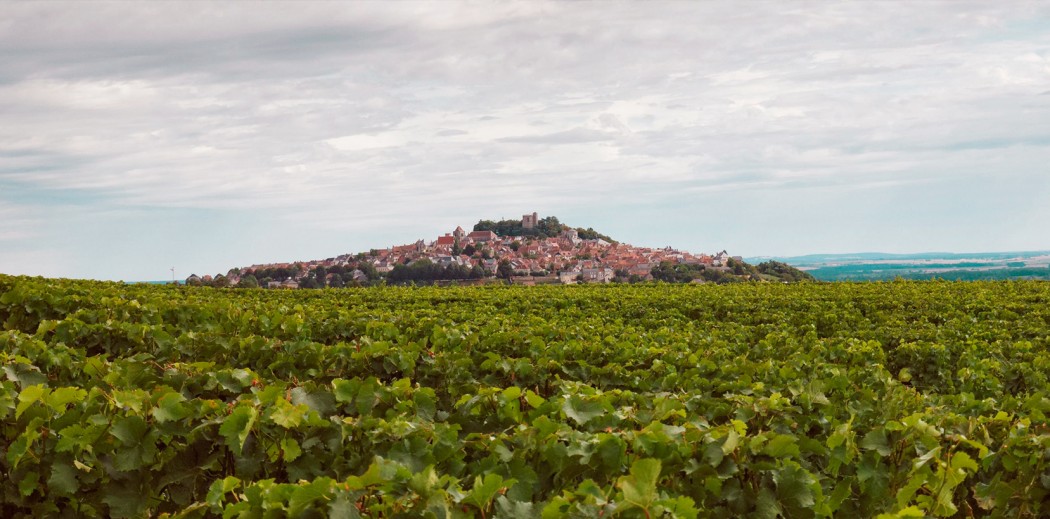


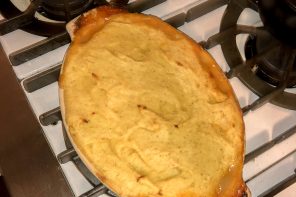
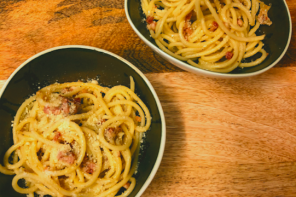
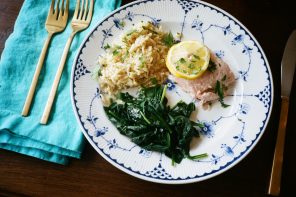
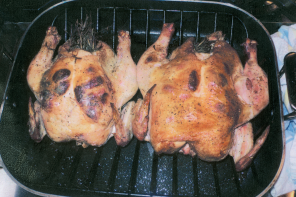
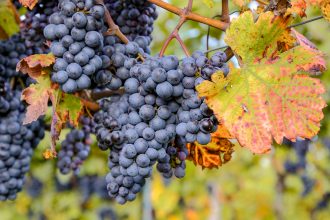
Am new to your page. Curious about price of Sauvignon Blanc